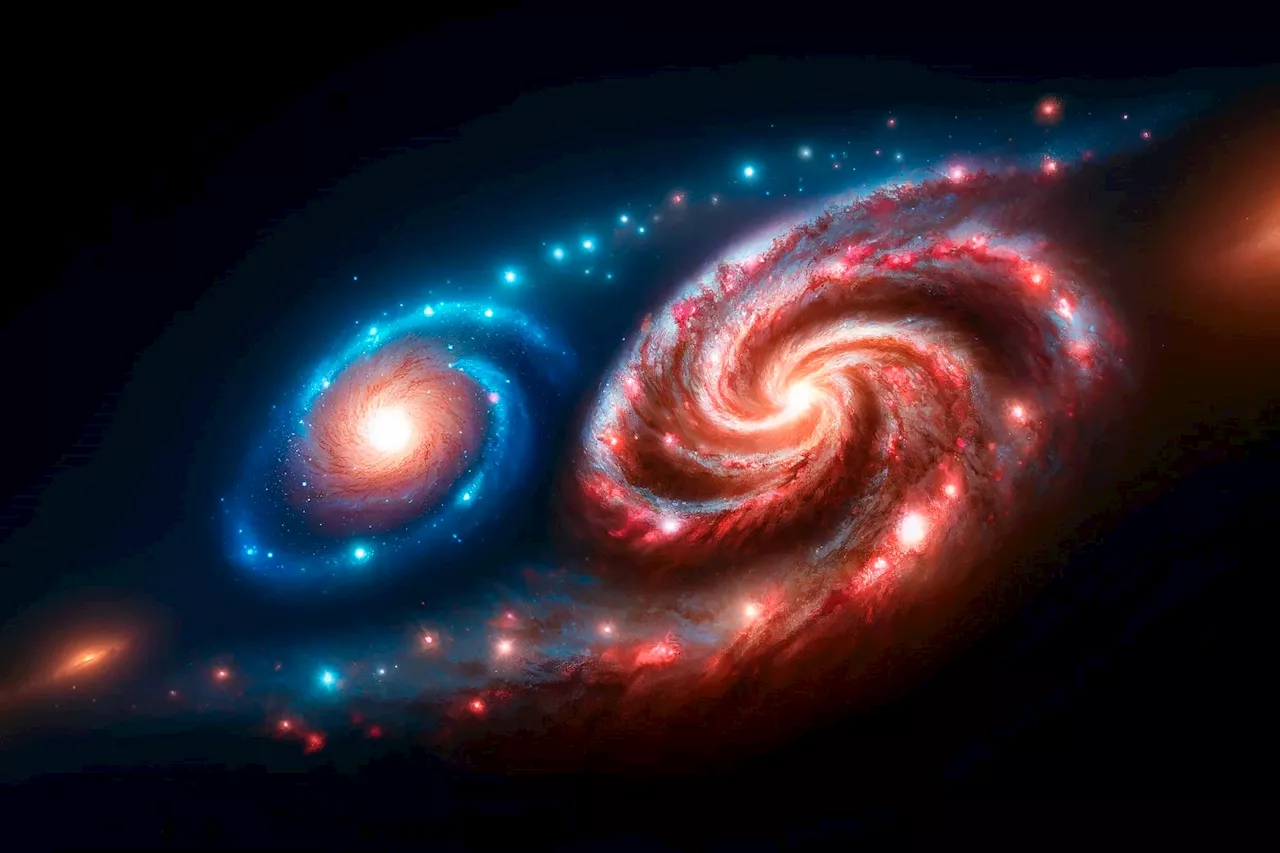Science, Space and Technology News 2024
New research shows galaxy age as the key factor in star motion, challenging older theories that highlighted environment or mass. Credit: SciTechDaily.com
, has found that the most important factor is neither of these things. It shows the tendency of the stars to have random motion is driven mostly by the age of the galaxy – things just get messy over time. A comparison of a young and old galaxy observed as part of the SAMI Galaxy Survey. Panels on the left are regular optical images from the Subaru Telescope. In the middle are rotational velocity maps from SAMI. On the right are maps measuring random velocities . Both galaxies have the same total mass. The top galaxy has an average age of 2 billion years, high rotation and low random motion. The bottom galaxy has an average age of 12.5 billion years, slower rotation and much larger random motion.
The study allows astronomers to rule out many processes when trying to understand galaxy formation and so fine-tune models of how the Universe has developed.The next steps will be to develop simulations of galaxy evolution with more granular detail.
United Kingdom Latest News, United Kingdom Headlines
Similar News:You can also read news stories similar to this one that we have collected from other news sources.
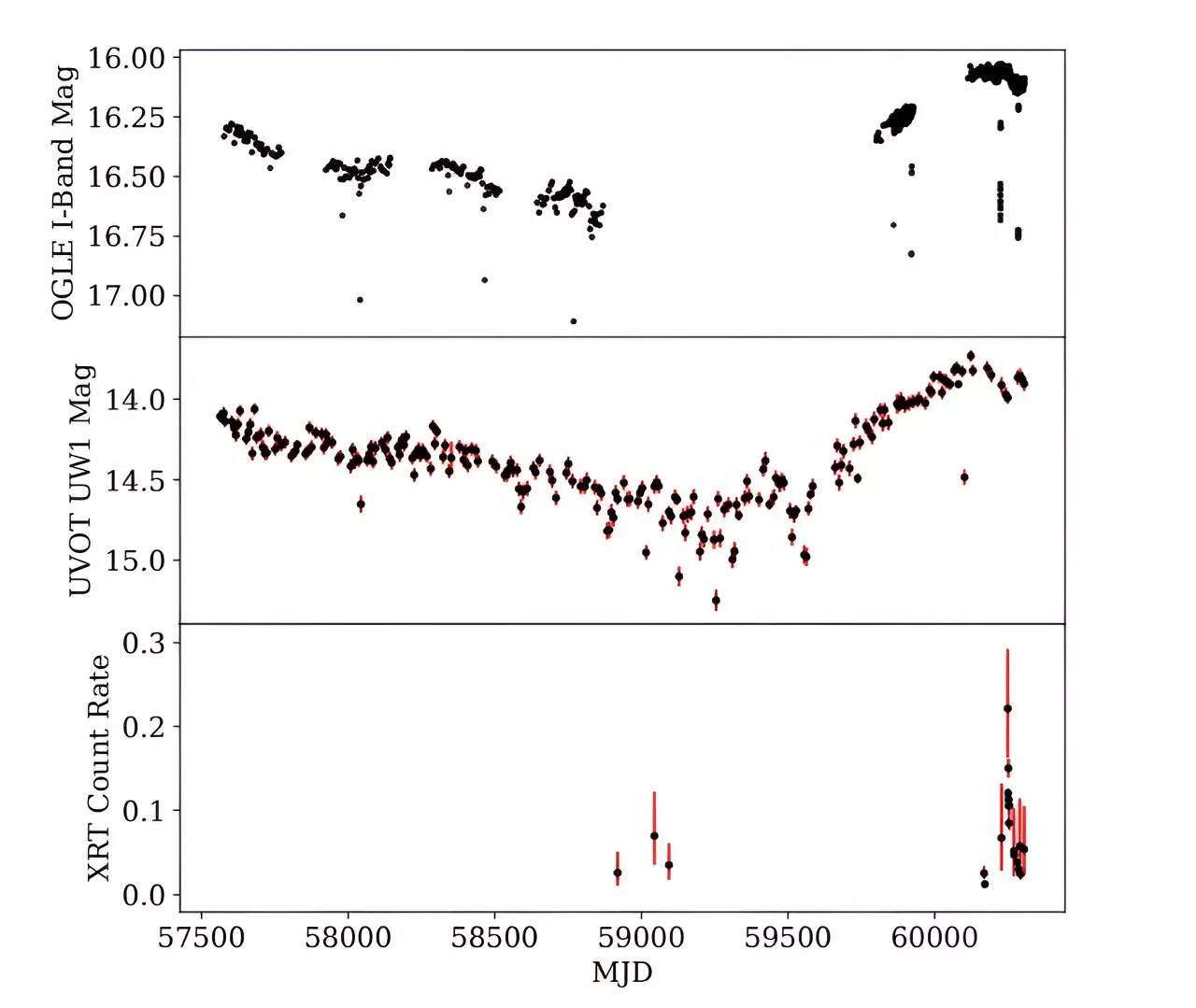 Astronomers discover a rare eclipsing X-ray binaryAn international team of astronomers reports the detection of a rare eclipsing Be/X-ray binary system as part of the Swift Small Magellanic Cloud (SMC) Survey (S-CUBED). The finding was detailed in a research paper published March 12 on the preprint server arXiv.
Astronomers discover a rare eclipsing X-ray binaryAn international team of astronomers reports the detection of a rare eclipsing Be/X-ray binary system as part of the Swift Small Magellanic Cloud (SMC) Survey (S-CUBED). The finding was detailed in a research paper published March 12 on the preprint server arXiv.
Read more »
 Astronomers Discover Surprising Radio Signals Emanating From the SunScience, Space and Technology News 2024
Astronomers Discover Surprising Radio Signals Emanating From the SunScience, Space and Technology News 2024
Read more »
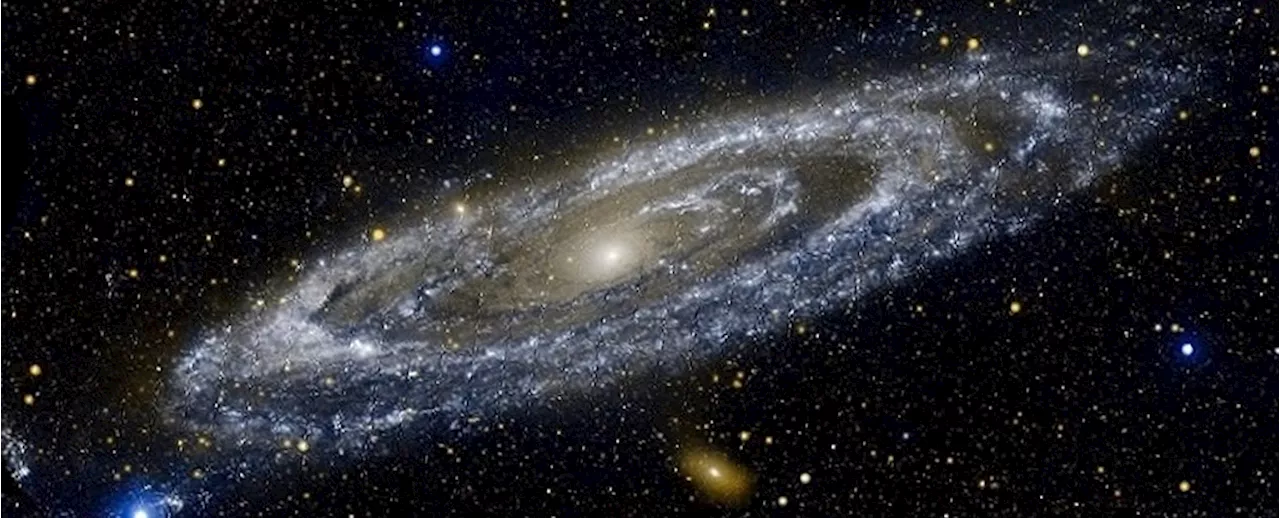 Astronomers Discover The Most Massive Supercluster Ever FoundThe Best in Science News and Amazing Breakthroughs
Astronomers Discover The Most Massive Supercluster Ever FoundThe Best in Science News and Amazing Breakthroughs
Read more »
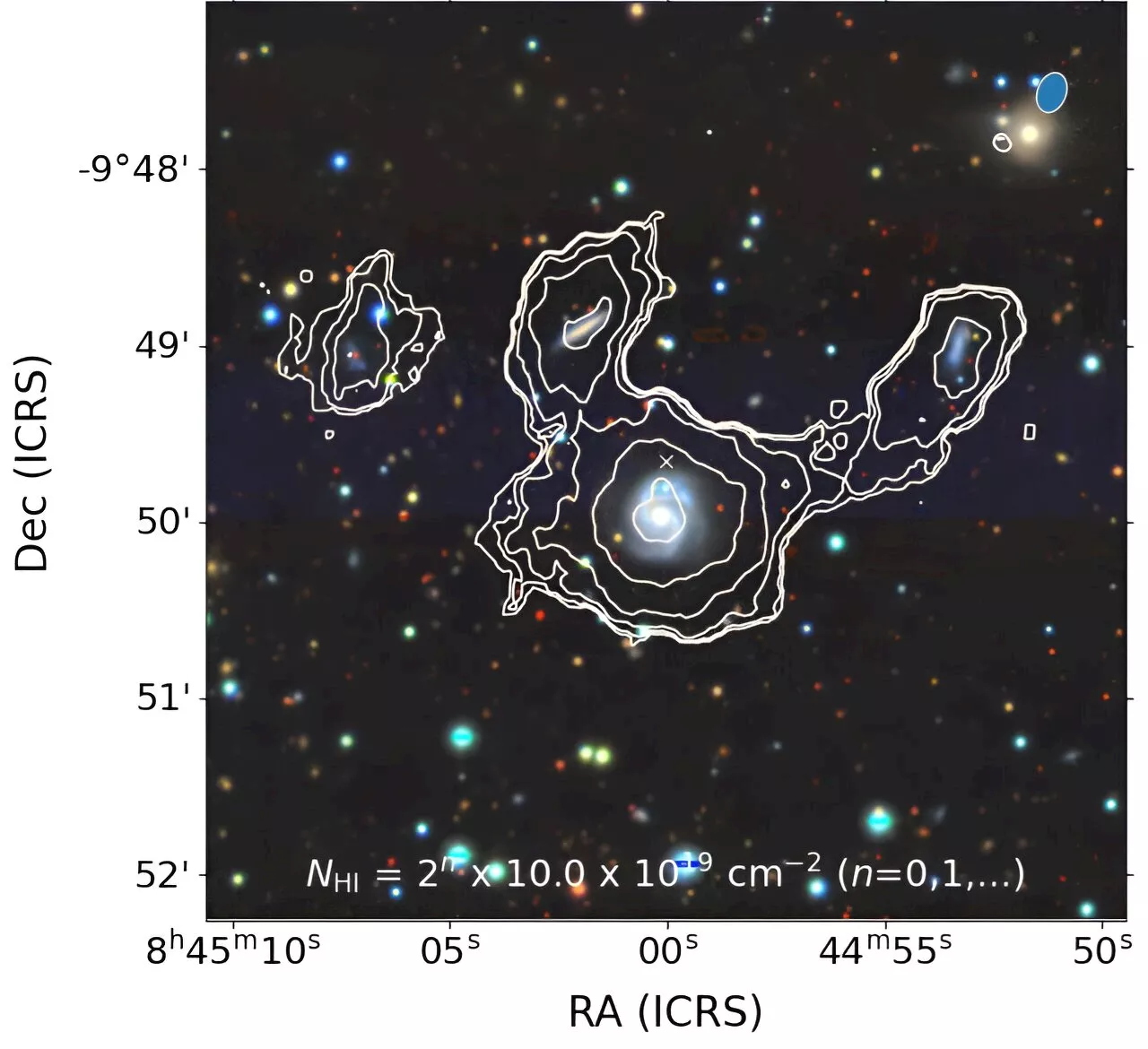 Astronomers discover 49 new galaxies in under three hoursAn international team of astronomers has discovered 49 new gas-rich galaxies using the MeerKAT radio telescope in South Africa. Their research is published in Monthly Notices of the Royal Astronomical Society.
Astronomers discover 49 new galaxies in under three hoursAn international team of astronomers has discovered 49 new gas-rich galaxies using the MeerKAT radio telescope in South Africa. Their research is published in Monthly Notices of the Royal Astronomical Society.
Read more »
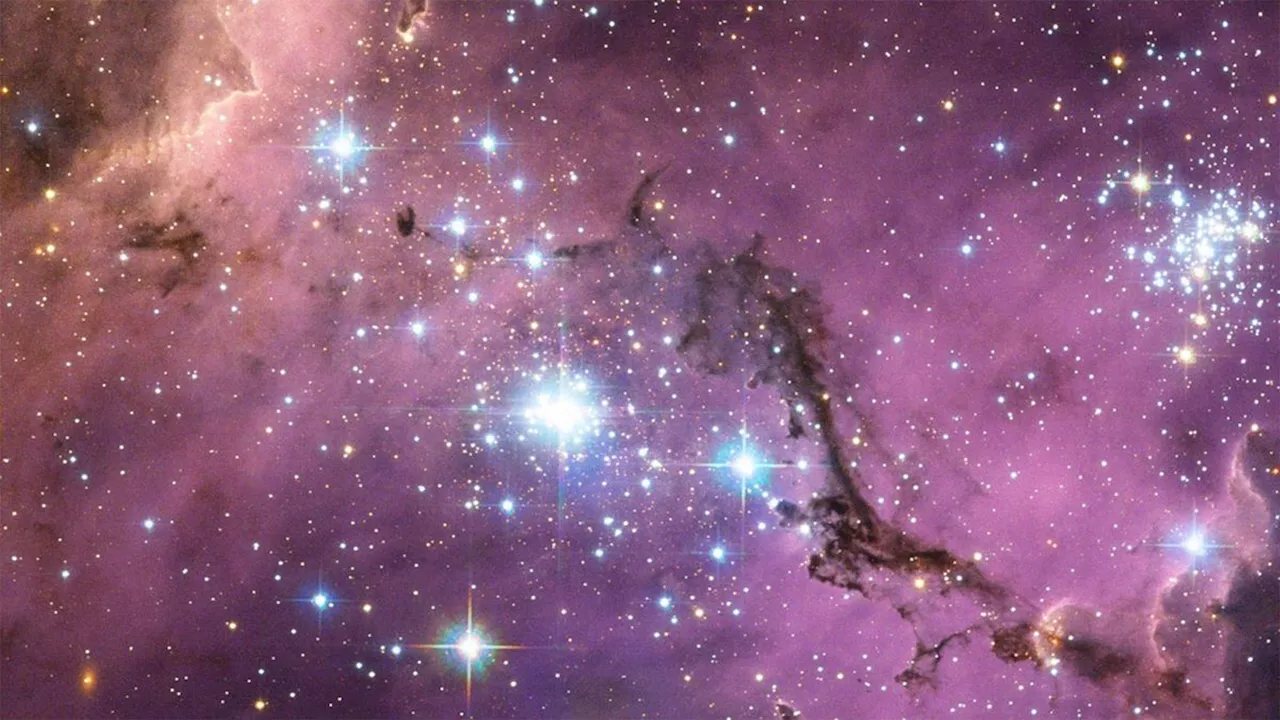 Astronomers Discover Faintest and Lightest Satellite Galaxy Ever FoundAstronomers have found a minuscule satellite galaxy, Ursa Major III/Unions 1, trailing the Milky Way. This discovery could represent a new class of faint, dark-matter-dominated star systems. The galaxy has just 60 stars and a mass 16 times that of the sun.
Astronomers Discover Faintest and Lightest Satellite Galaxy Ever FoundAstronomers have found a minuscule satellite galaxy, Ursa Major III/Unions 1, trailing the Milky Way. This discovery could represent a new class of faint, dark-matter-dominated star systems. The galaxy has just 60 stars and a mass 16 times that of the sun.
Read more »
 Challenging Conventional Wisdom – Astronomers Discover the Dual Nature of Galaxy Groups and ClustersScience, Space and Technology News 2024
Challenging Conventional Wisdom – Astronomers Discover the Dual Nature of Galaxy Groups and ClustersScience, Space and Technology News 2024
Read more »
